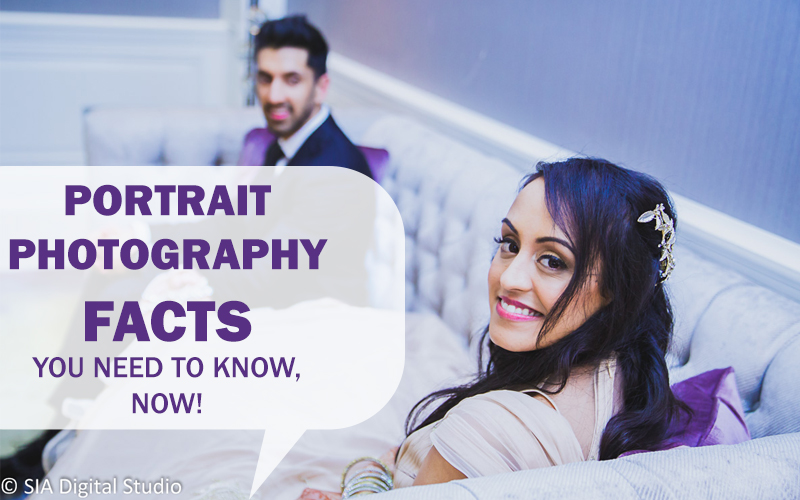A portrait is about capturing the essence of a person's identity and attitude that they want to share with the world. In those terms, a portrait photographer has a big job to do!
Advances in photographic equipment and techniques developed and gave photographers the ability to capture images with shorter exposure times and the making of portraits outside the studio.
Learning to work with clients and using a camera to snap the perfect exposure is about hard work and knowing a few simple tips but firstly knowing about it.
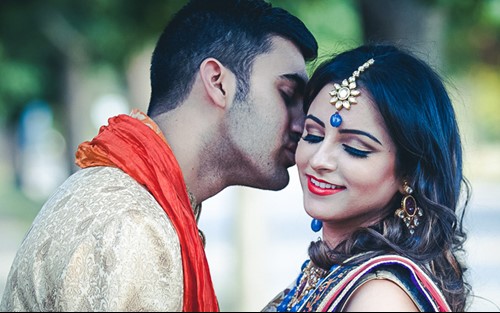
What is Portrait Photography?
A photograph that’s all about the face is portrait photography and the photography that’s about capturing a person's personality. It speaks a lot with only a still person it. The way the subject is captured portrays a lot about the person and the photographer.
It's also an artistic representation of a person's attitude. A photographer's goal is to carefully blend a person's distinguishing facial features while capturing his/her attitude and personality.
Portrait photography is all capturing some sense of a person's character rather than producing a technically perfect composition. Bringing out your subject's unique characteristics is one of the features including developing an eye for a good portrait shot and learning how to turn an average shot into a great one.
Factors of a good portraiture
When it’s about portrait photography, there are many factors that affect to lead you to a good one because it comprises of many parts that require attention to achieve a good picture at last.

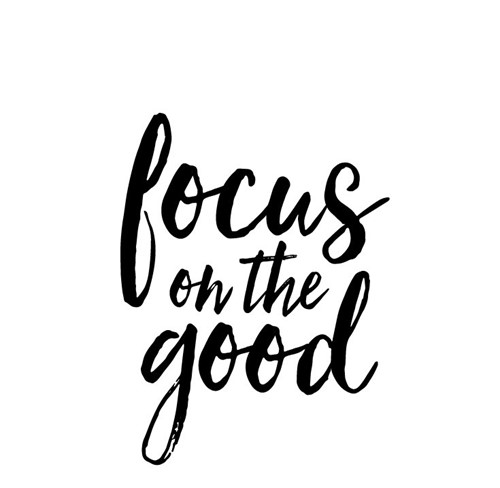
1. A Good Focus
The portrait is all about the focuses. Where the focus is laid is what act as the main factor of the photography. With a good focus, and simple click can become a stand out amongst the other images. For this, you need to have a little patience and a vision about what to make the limelight of the setup thus captured in the angle. A perfect focus on the subject can make a tremendous effect on the image.
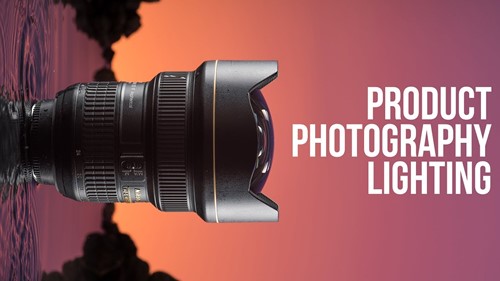
2. Perfect Lighting
The next factor that plays a role after focus is lighting. A well-balanced amount of lighting can again light up the whole image. You need to be sure that there is no much lighting too as it can intend to defocus the subject or even make the image look hazy or at times a lot bizarre. For this, there should be a good knowledge about the angles and timings of the sunrise and sunsets. The timing in which you have your shoot also plays a role in setting the perfect tone of lighting.

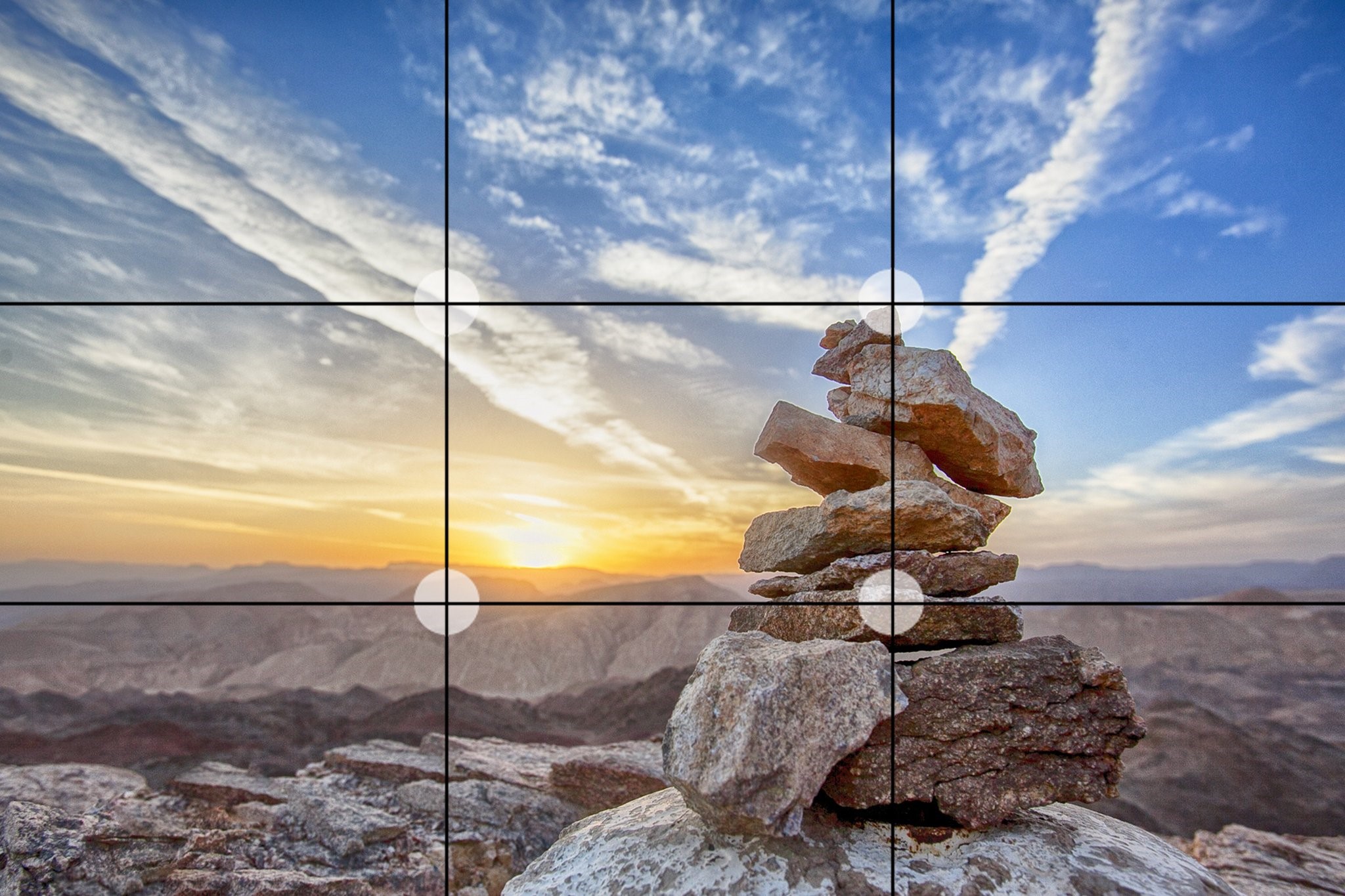

3. Compositions
The composition is all about creating a balance in the colors you take in your frame and the kind of light that you allow in the lens frame. This plays a good role in the depth of the message you want to convey through your portraiture. A person having a good balance over the compositions can achieve a professional portrait.
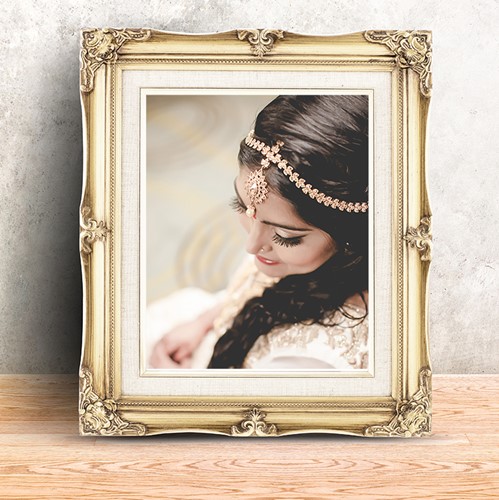
4. Vitality Of Poses & Framing
Poses and the frames you put your subject in the claim a role in the overall look of the image. Try to go through some of the trending portraits poses on the internet which can give you an idea about it. Talking about the framing, pick locations which can give you several options for the same. This way you will have creativity upheld in your shoot.
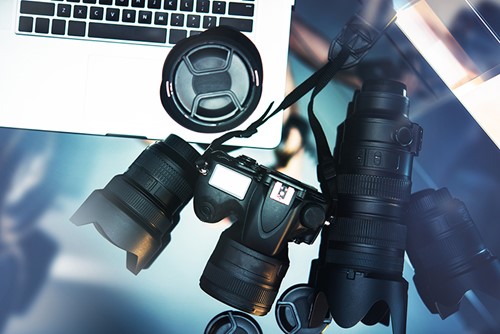
Lenses for portrait photography
Lenses used in portrait photography are fast, medium telephoto lenses, though any lens may be used, depending on artistic purposes. Speed-wise, fast lenses are preferred, as these allow blurring the background, which helps to isolate the subject from the background and focus attention on them. This is particularly useful in the field, where one does not have a backdrop behind the subject, and the background may be distracting or even when you want the prime focus on the subject only.
Classic focal length is in the range 80–135mm on which was historically first in photography. Conversely, as longer focal lengths yield greater flattening, they are used from further away. This makes communication difficult and reduces rapport, breaking the shoot flow.
Most often a prime lens is being used because zooming is not necessary for posed shots. And also, primes are lighter, cheaper, faster, and higher quality. Zoom lenses can’t introduce appealing flattering distortion for portrait photography. However, zoom lenses can be used particularly in candid shots or to encourage creative framing. Portrait lenses are affordable because they can be built simply and are close to the normal range. The cheapest portrait lenses are normally used on a cropped sensor.
There are some great attractive lenses on the market for Canon and Nikon DSLRs featuring manual focusing. However, as DSLRs lack the old-style split-screen and viewfinders, manual focusing can be a bit hard without getting back to Live View mode, and autofocus lenses enable a much better hit rate in implying clearer images.
Approaches in portrait photography
When the genre is portraiture, you need to be a lot specifically about the approach you are holding onto. There are four varying approaches in this style of photography. Let us have an overlook at all of them one by one.
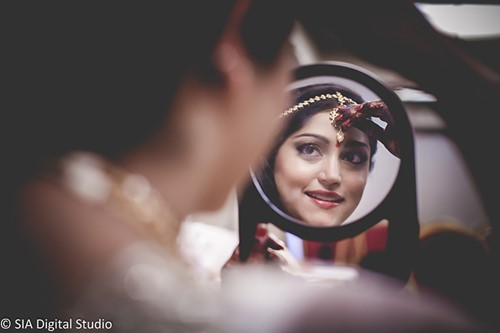
1. Candid
The word speaks for itself. It is more of interactive shot to explain the story variedly through the action thus captured in the shot. This is the most approached style of portraiture to date. People love having captured candidly.
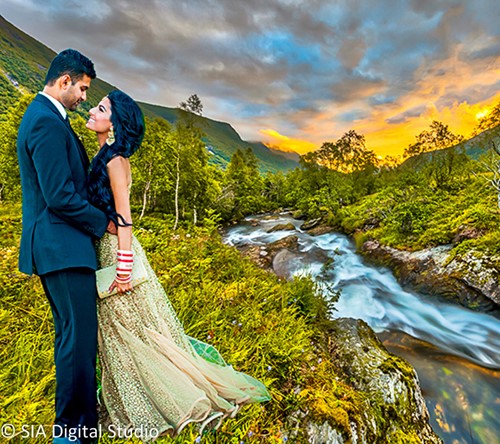
2. Environmental
When the approach of the shot is to describe the profession or outlook of the subject through the surrounding it becomes more of the environmental kind of photography. Nowadays, this kind of portraiture is seen a lot.
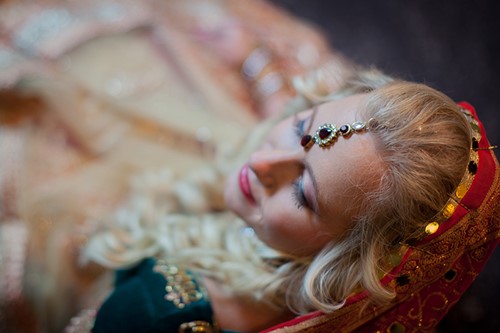
3. Constructionist
Here, there is a rapport to build to showcase emotions or atmosphere. It talks a lot about the feeling that is being expressed through the shoot. The photographer might have a client look intently into the camera and keep the background minimal.
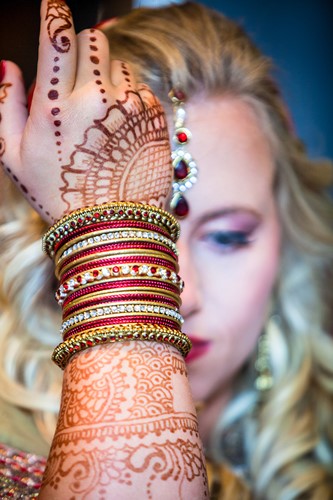
4. Creative
Adding the part of the software to input some creative effects is the main criteria of this genre of portrait photography. This happens by default no matter which picture approach you have incorporated in your shoot.
Tips & tricks in portrait photography
Despite knowing all about portrait photography, we tend to miss out some of the points that are needed to be fed in our minds always while pursuing this style. Here are some assorted tips, techniques or tricks which can get you through the flow of shoot to achieve a professional bunch of portraiture.
- Headshots are a tricky part. While taking headshots, you need to be sure that you have a flawless looking skin or face. And if not, be ready to edit it to remove baggy eyes, roughness and other blemishes that can tend to spoil the click altogether.
- Natural light is a bliss but too much of sunlight can at times make your click look too much of hazy or shiny to imply your image not so attractive. Beware of the amount of light you allow in your picture.
- Always try avoiding wide-angle lenses. This can make your click look a blunder.
- Subject’s surroundings speak a lot about the portrayal of the person or the story you want to convey. Always be careful about what comes into your background. Though you are going to ultimately blur it out but even then, after you, it is the first thing that is seen by the viewer.
- Relaxed shoot brings the most out of the time. It brings freshness to the face and shows that the shoot was smooth and healthy. Don’t be in a rush. Obviously, the time you have spared for the shoot shouldn’t go in vain.
- Characterization is one of the points in creative portrait photography. Try new things to bring out more character in a subject. This can develop a sense of versatility.
- Bring out more of genuineness. A genuine smile can speak a lot about itself. No explanation intended.
- Get a thorough understanding of portrait photography. It takes a lot of time to understand but make sure you have enough knowledge of the same.
Portrait photography is one beautiful and most classic genres of photography. Occasionally, a model or a photographer or an individual should have a session of such kind. This gives a lot of exposure to story-telling through photography.

